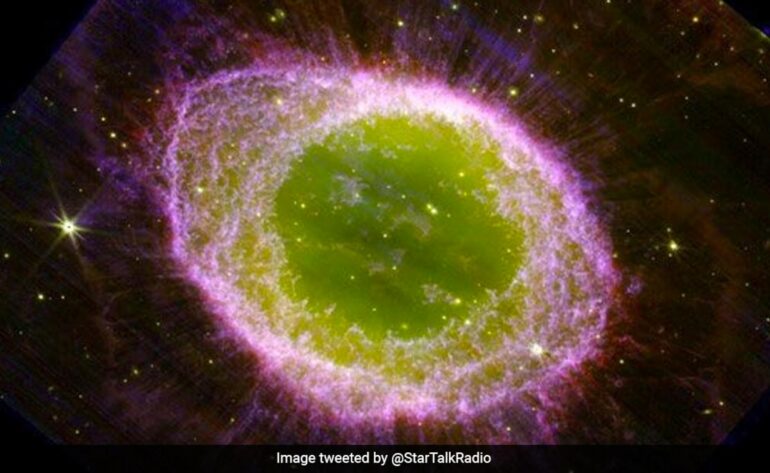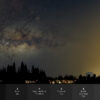NASA’s James Webb Space Telescope (JWST) has recorded breathtaking new images of the iconic Ring Nebula, also known as Messier 57.
The images, released today by an international team of astronomers led by Professor Mike Barlow (UCL, U.K.) and Dr. Nick Cox (ACRI-ST, France), with Professor Albert Zijlstra of The University of Manchester, showcase the nebula’s intricate and ethereal beauty in unprecedented detail, providing scientists and the public with a mesmerizing view of this celestial wonder.
For many sky enthusiasts, the Ring Nebula is a well-known object that is visible all summer long and is located in the constellation Lyra.
A small telescope will already reveal the characteristic donut-like structure of glowing gas that gave the Ring Nebula its name.
The Ring Nebula is a planetary nebula—objects that are the colorful remnants of dying stars that have thrown out much of their mass at the end of their lives.
Its distinct structure and its vibrant colors have long captivated the human imagination and the stunning new images captured by the JWST offer an unparalleled opportunity to study and understand the complex processes that shaped this cosmic masterpiece.
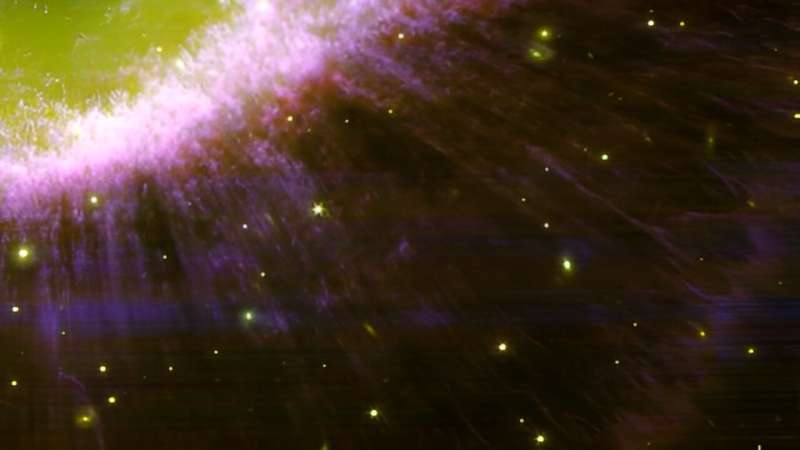
Close-up of the southern part of the outer halo, the part outside the main ring. The team finds several hundred linear features, pointing approximately at the central star. Their origin is not yet clear. How a single star can create such a complex nebula is not well understood. JWST will be used to study the structure, and the origin of the clumps and stripes. In the background, thousands of more distant, numerous faint galaxies can be seen, some with clear spiral structure. © The University of Manchester
Albert Zijlstra, Professor in Astrophysics at the University of Manchester, said, “We are amazed by the details in the images, better than we have ever seen before. We always knew planetary nebulae were pretty. What we see now is spectacular.”
Dr. Mike Barlow, the lead scientist of the JWST Ring Nebula Project, added, “The James Webb Space Telescope has provided us with an extraordinary view of the Ring Nebula that we’ve never seen before. The high-resolution images not only showcase the intricate details of the nebula’s expanding shell but also reveal the inner region around the central white dwarf in exquisite clarity.
“We are witnessing the final chapters of a star’s life, a preview of the sun’s distant future so to speak, and JWST’s observations have opened a new window into understanding these awe-inspiring cosmic events. We can use the Ring Nebula as our laboratory to study how planetary nebulae form and evolve.” The Ring Nebula’s mesmerizing features are a testament to the stellar life cycle.
Approximately 2,600 lightyears away from Earth, the nebula was born from a dying star that expelled its outer layers into space. What makes these nebulae truly breath-taking is their variety of shapes and patterns, that often include delicate, glowing rings, expanding bubbles or intricate, wispy clouds.
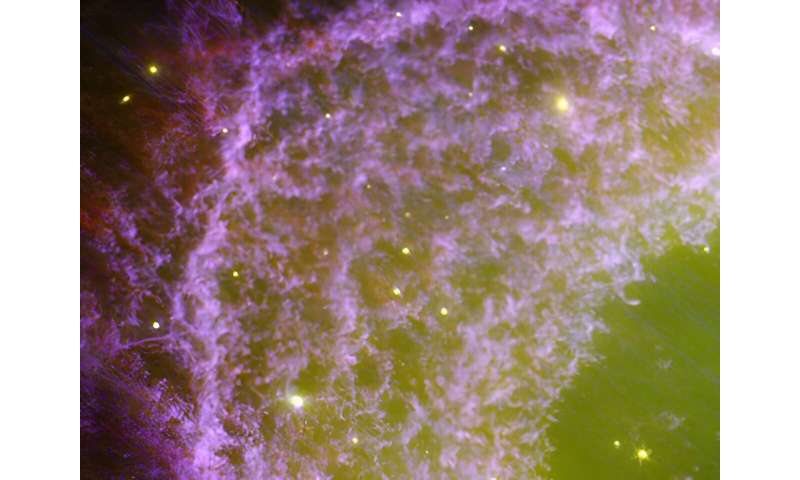
A close-up of part of the nebula shows that the ring consists of large numbers of small clumps. The team counts as many as 20,000 clumps. They contain molecular hydrogen and are much cooler and denser than the rest of the nebula. Some of the clumps are beginning to develop tails (see, e.g., at the lower right), behaving as comets the size of planets. About half of all gas in the nebula is in these clumps. © The University of Manchester
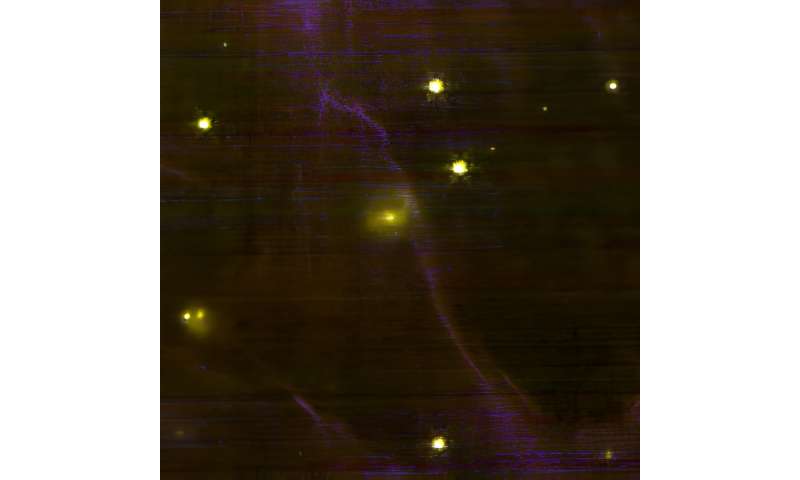
A further close-up of the halo, showing wisps, where hot gas is blowing into the halo and sweeping up the material there. © The University of Manchester
These patterns are the consequence of the complex interplay of different physical processes that are not well understood yet. Light from the hot central star now illuminates these layers.
Just like fireworks, different chemical elements in the nebula emit light of specific colors. This then results in exquisite and colorful objects, and furthermore allows astronomers to study the chemical evolution of these objects in detail.
Dr. Cox, the co-lead scientist, said, “These images hold more than just aesthetic appeal; they provide a wealth of scientific insights into the processes of stellar evolution. By studying the Ring Nebula with JWST, we hope to gain a deeper understanding of the life cycles of stars and the elements they release into the cosmos.”
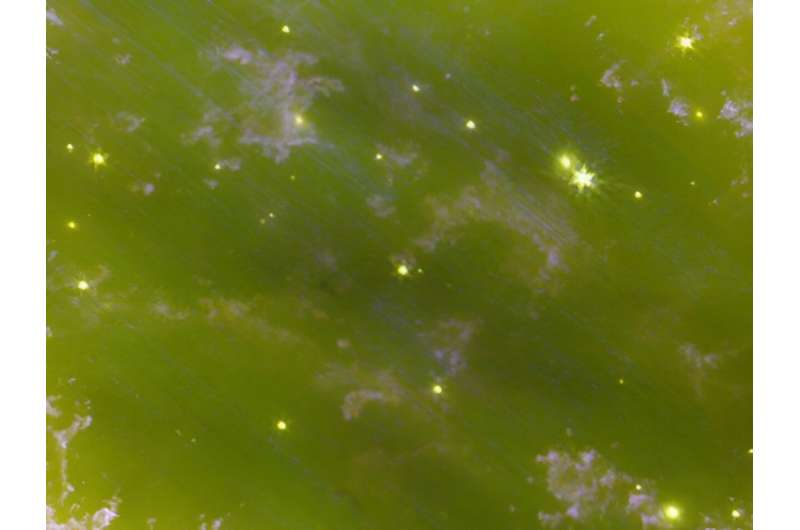
Close-up of the central parts of the image. The brightest star here is the dying, extremely hot central star. It has used up all its fuel and is now cooling down. The star will become a white dwarf, an inert remnant of a star. The fainter stars in the image are not related. © The University of Manchester
The international research team analyzing these images is composed of researchers from the U.K., France, Canada, U.S., Sweden, Spain, Brazil, Ireland and Belgium. They say that JWST/MIRI images of the Ring Nebula are coming soon.
Provided by
University of Manchester
Citation:
James Webb Space Telescope captures stunning images of the Ring Nebula (2023, August 3)
